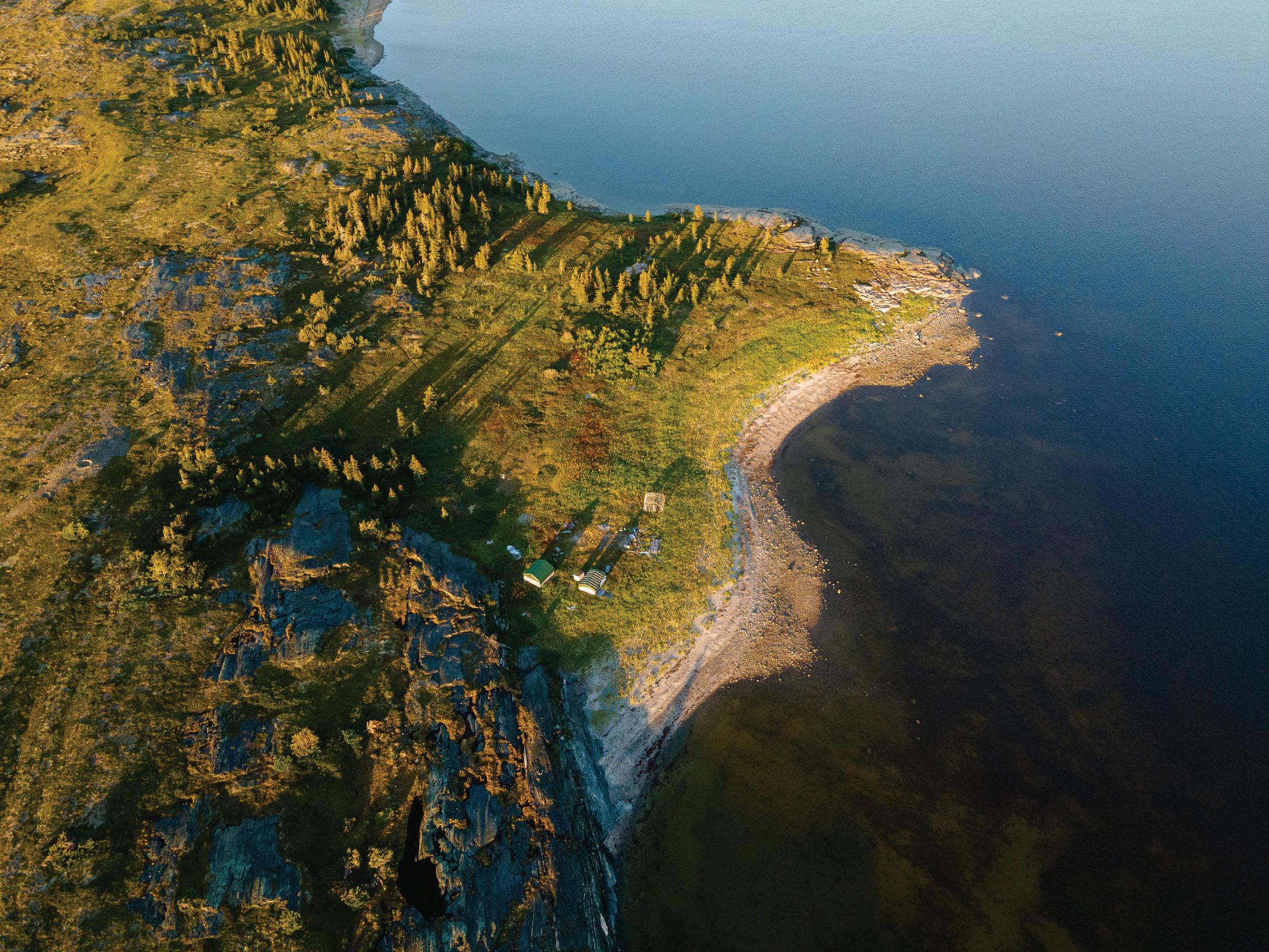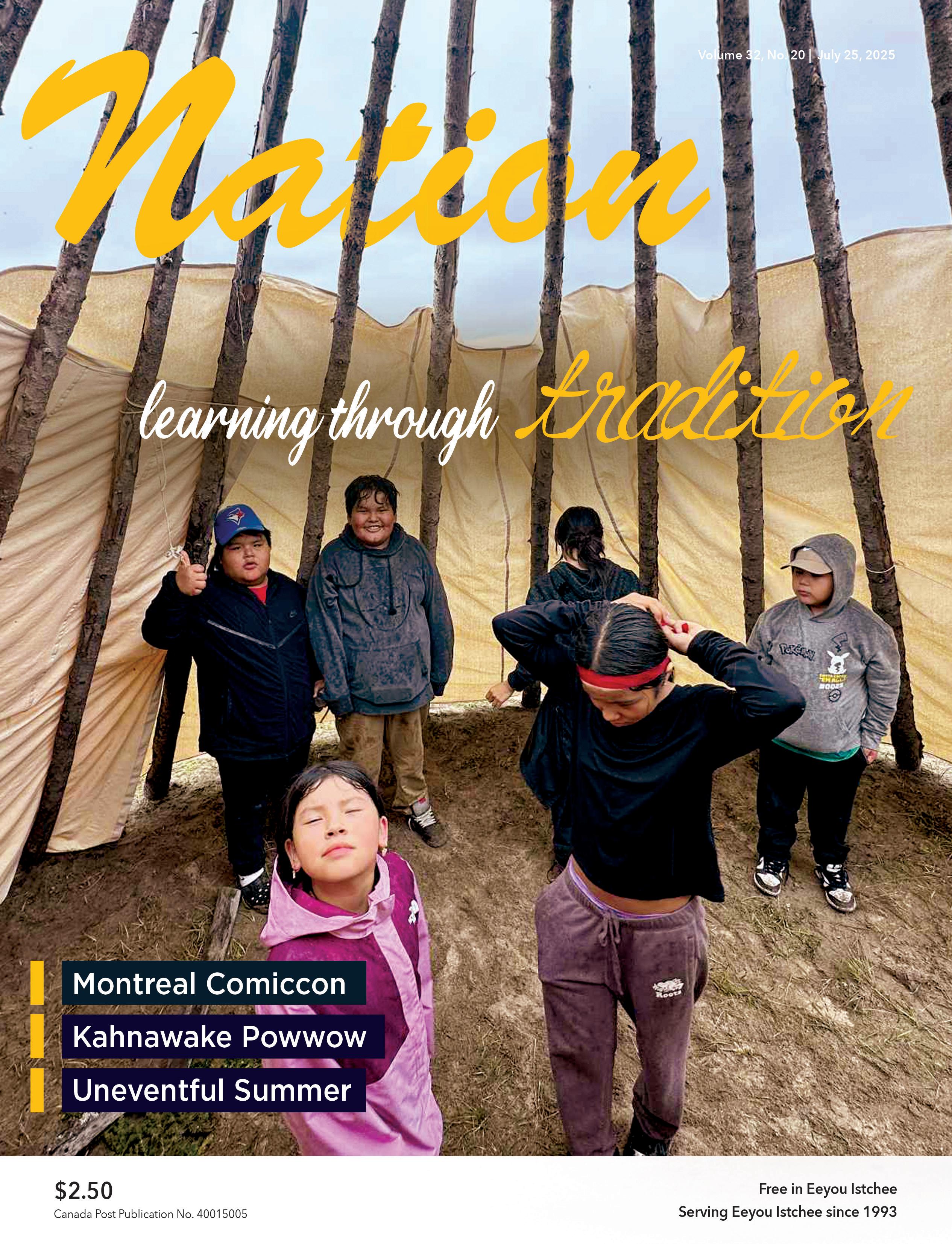



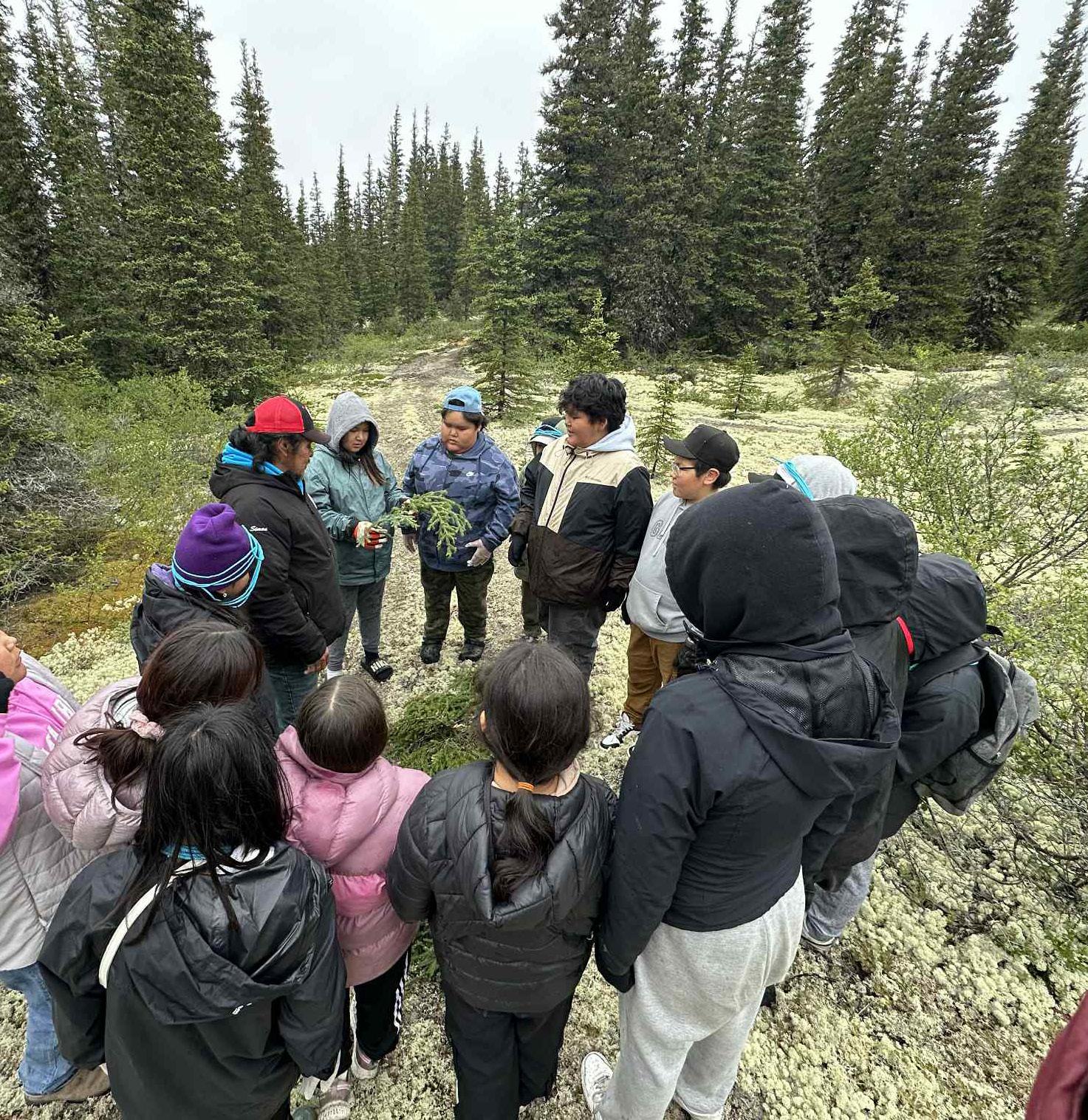

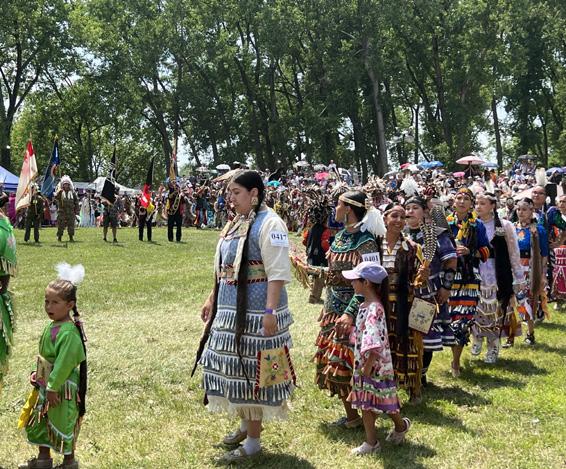


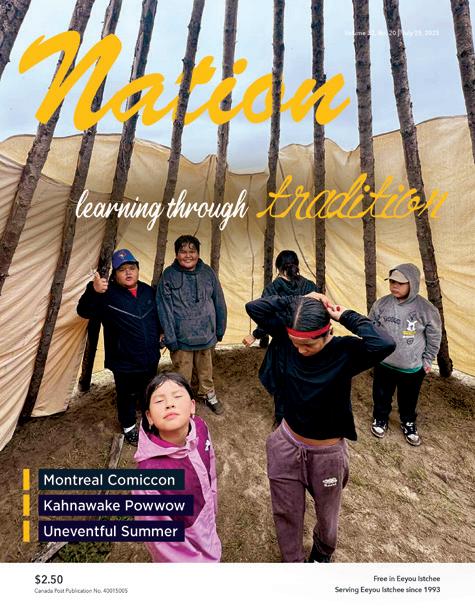



















by Will Nicholls
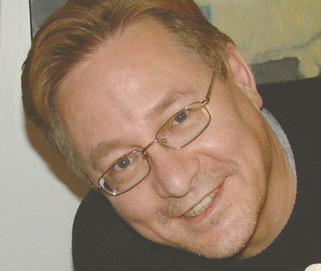
Mama said there’ll be days like this – The Shirelles
I woke one recent morning and decided a shower would help me smell like an acceptable human during the heat wave we were having in Montreal. Getting into the shower, I discovered there was no hot water. I finished the shower a little quicker than usual, but I was fresh, nevertheless. My second discovery was that somehow the hot water tank had been turned off. I corrected that problem and got dressed.
My third discovery was that I had run out of eggs. Oh well, toast and peanut butter would do the trick for breakfast. Hmm, the jar was pretty well empty. So, honey instead but the honey had hardened. Put it into the microwave, I thought, only to melt the plastic into the honey. I scraped the last of the peanut butter onto my toast.
It was time to head to work. I got to the bus stop just as the bus pulled away. No problem, I love to read and sat down in the shade on some porch steps and opened my book. The next bus didn’t notice me and drove on past. I guess it was my fault, so I stood in the sunlight on a rapidly warming day to wait for the next one. This time, I was successful.
Arriving at work, I sat at my desk just in time for the power to go out. I found out later it was a suspected gas leak. Then, there was an urgent need to go to the washroom. No problem, we all have flashlights on our phones these days. Got to the washroom, sat down and my flash light disappears. Finished my business in the dark, found my phone and put the flashlight on again.
With nothing to do, I locked up the office and headed down the stairs. Nine floors later I entered the lobby and heard the elevator door open. Apparently, the building’s elevators are connected to a generator in case of a power outage. I laughed but was starting to feel a little uneasy.
I grabbed a bus home, but it was very hot now, so I got off a stop before to get a slushy. I should have known how merchants would respond to the heat wave. My $3 slushy now cost $4.50. Made it home, had lunch and returned to work.
Finally, the power came back just before 4 pm. A person was supposed to call me but with the power out our phones didn’t work. At 4, I tried but was told he’d left for the day.
I decided I needed a hug, so I went to visit my two sons. Amazingly, the bus arrived on time and I found a seat. At the
loudly demanded my seat. Feeling there was some sort of bad karma following me, I stood and gave up the seat. After one stop a passenger exited and I took that seat.
Like in a bad movie the older woman gets up, comes over and starts yelling at me to give her my seat again. I replied that I already gave her one and wasn’t going to do it again. She starts calling me names. Some people in the bus defended me, saying I had been a gentleman. Others took her side and somehow a French vs. English battle erupted.
To end this story, even though more struggles happened that day, I got to hug my boys and felt a lot better. I’ve always been thankful for my grandfather’s words in telling me to consider how long something will matter. I knew it wouldn’t be important tomorrow, so I didn’t let it bother me today. I’m thankful
The Nation is published every two weeks by Beesum Communications Will Nicholls DIRECTOR OF FINANCES
CONTRIBUTING WRITERS X. Kataquapit, P. Quinn, J. Janke, J. Pashagumskum Creebec
CONTACT US: The Nation News
www.nationnews.ca EDITORIAL:
beesum communications, all rights reserved, publication mail #40015005, issn #1206-2642 Controlled Publishers, Magazines Canada Quebec Community Newspaper Assn. Canadian Newspapers Assn.
| www.nationnews.ca | facebook.com/NATIONnewsmagazine | Twitter: @creenation_news


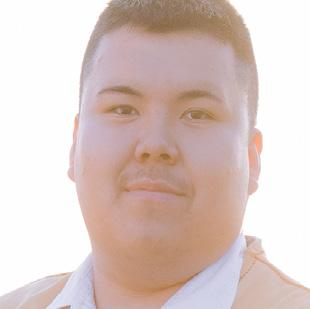

Candidates for Youth Grand Chief and Deputy Youth Grand Chief have been announced for Cree Nation Youth Council elections on August 7. Advance polls will open July 31 ahead of a live debate on the CNYC Facebook page August 4.
The four-year mandate of Adrian Gunner and Jordan Masty came to a close with their last Board of Directors meeting June 19. Thanking God, the CNYC and his family, Gunner said he wouldn’t be accepting another nomination for the position of Youth Grand Chief because his family needs him.
“Riley was four years old when I got in and it never got easier leaving him and my wife for work travels,” Gunner shared. “After a lot of sacrifices and ‘next time’ for family and friends, I will now be able to prioritize them. Now it is time to pass on the torch to the next youth leadership. CNYC will be in good hands, I’m sure of that.”
The two candidates for Youth Grand Chief in this election are well known: Jade Mukash and Kevin-Joseph Mianscum. The four candidates for Deputy Youth Grand Chief are Bob E. Diamond, Francine Matthew, Drayden Mistacheesick and Darius Neacappo-Pelchat.
The Nation spoke with the two Youth Grand Chief candidates about their campaign priorities.
Mukash and Mianscum enter race to lead Cree Nation Youth Council
by Patrick Quinn, Local Journalism Initiative Reporter
Recognized for winning the Traditional Knowledge Award at the first-ever Miss Indigenous Canada pageant last year, Jade Mukash has been involved in youth advocacy work since starting a student council at her Whapmagoostui high school and being elected its president.
At age 16, she joined the community’s youth council and worked at its youth centre, helping create safe and inspiring spaces. Being named Miss Whapmagoostui and now Miss Eeyou/ Eenou Iskwaau expanded Mukash’s tools for serving the region’s youth.
“In my journey in youth advocacy work, I found myself striving to follow our ancestral teachings to create modern day solutions,” said Mukash. “I am often reminded of my grandparents’ teachings on our phases of life. During this stage of growth and the search for belonging, it’s important to guide our youth, protect them, and nurture their needs.”
Resonating with the challenge of cultural and language preservation, Mukash admitted she didn’t learn Cree growing up but believes it’s possible to learn “when you take the time and have people who believe in you.” Her cam-
A former member of Mistissini’s youth council, Kevin-Joseph Mianscum now addresses youth matters at the band council. Sitting on multiple committees, he said he always tries to make these spaces more available for youth.
“I think the youth often feel disregarded in terms of decision-making,” Mianscum said. “I want to have youth voices heard – we do have a lot to say. Empowering youth is one of the reasons I do what I do, to better themselves in every aspect – career-wise, going after opportunities or just their mental health.”
With the New Relationship Agreement with Canada coming up for renegotiation, Mianscum said strong youth voices should be at the table. Saying regional organizations too often work in silos, he wants the CNYC to work with other entities to unite resources and tackle issues together.
Asserting that mental health is the region’s biggest challenge, Mianscum emphasized that developing effective support services and safe spaces are vital for promoting Miyupimâtisîun (health and wellness), building healthier and more vibrant communities.
Education is another priority. Mianscum advocated for quality schooling that reflects
paign slogan translates as “let’s stand together, be brave and lead each other.”
Mukash wants to develop leadership capabilities, open doors beyond Eeyou Istchee and continue the CNYC’s recent efforts to connect with other Indigenous groups. Coming from a Cree-Inuit twin community, Mukash was inspired by the Qarjuit Youth Council’s visit at the 2023 AGA.
“They’re two different cultures but our history is so close together,” Mukash said. “Indigenous youth are definitely on the rise all over Canada, making a change not just in politics but other leadership – the arts, singing and fashion. It’s important to keep the momentum going.”
Describing herself as a mother and partner first, Mukash said her young son loves to travel and it’s possible to prioritize family while staying dedicated to her work. Embarking on a campaign through all Cree communities, she values social media platforms for staying accessible and relatable.
“My vision is to provide the opportunity for our youth to share their dreams and hopes for the future of Eeyou Istchee,” asserted Mukash.
Eeyou/Eenou culture and prepares youth for both the traditional and modern world. He said resources must always be made available for the diverse pursuits of this generation.
Mianscum said preserving culture, language and environment means viewing them as interconnected and indivisible. Applauding recent CNYC efforts at building bridges with other First Nations, he believes “it’s important to showcase our knowledge and culture, to make our identity known on the national and even international level.”
He said the support he’s received has humbled and strengthened him, inspiring him “to serve with heart and to lead with integrity.” That encouragement “to follow a shared vision” has made this journey especially meaningful for him.
“Leadership is not about standing in front,” stated Mianscum. “It’s about walking side by side with your people. Let’s walk in this path together – I will need you all to guide me and steer me to lead you all for a future that works for us.”

20 25

Join us at the assembly, to have your voice heard, connect with others and take part!

July 29-31 Gathering Place
Afternoon - 1:00 pm
Evening - 6:30 pm
Booths will be available at a first come, first serve basis.
Promotional items will be given out during breaks.
For more information, contact:
Dayna McLeod, Corporate Clerk (819) 895-8650 ext.: 3295
Charity Weistche, Executive Assistant ext.: 3262


by Patrick Quinn, Local Journalism Initiative Reporter
While Cree leaders are relieved that the region has so far been largely spared from wildfires this summer, Western Canada hasn’t been so lucky. Heavy smoke from fires in the prairie provinces has drifted into Eeyou Istchee, causing occasional health advisories.
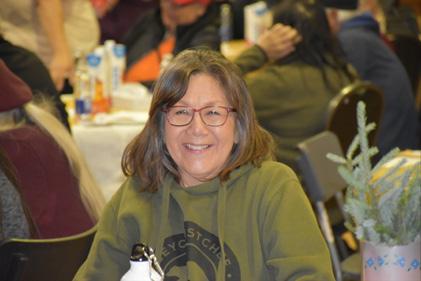
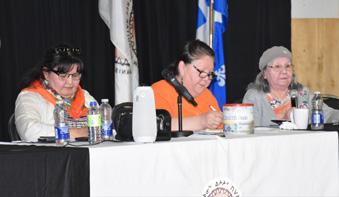
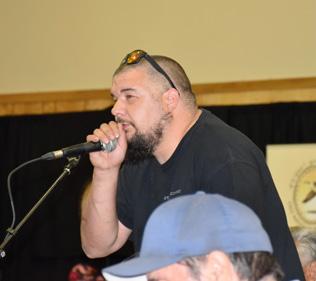
More details to follow concerning the agenda!



Waswanipi’s public safety department issued a smoke advisory July 13. With hazy conditions impacting air quality and visibility, community members were advised to limit time outdoors, keep windows and doors closed, and use air purifiers or air conditioning on recirculate mode.
“The Cree Health Board monitors the air quality through Purple Air [sensors] set up in each community,” explained regional fire coordinator Lee-Roy Blacksmith. “They started installing community air quality devices in 2023 due to asthma, Elders and infants.”



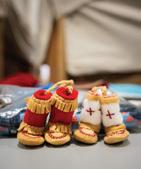
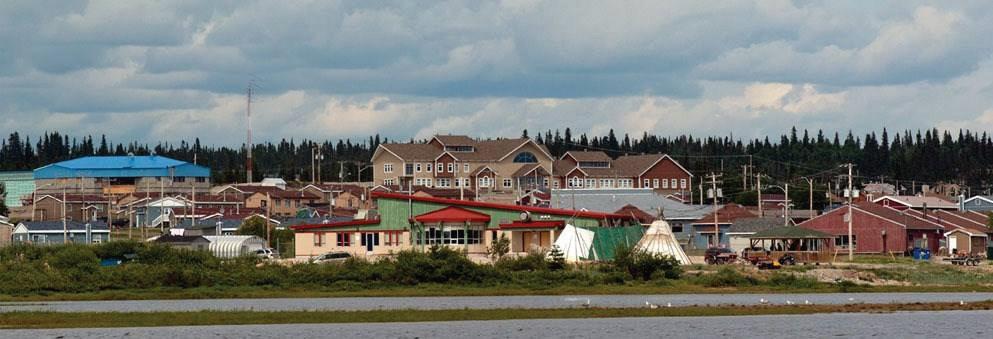
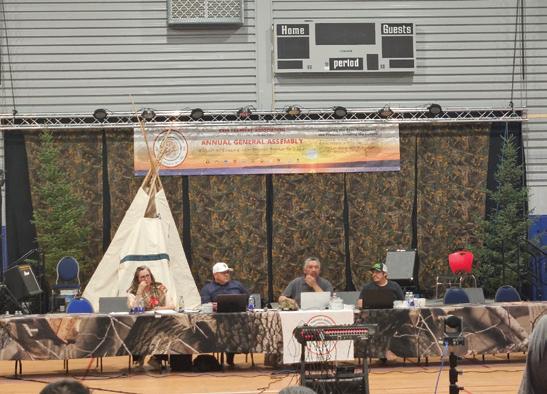
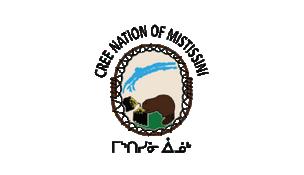
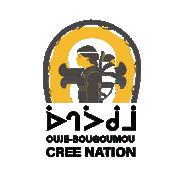


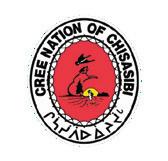
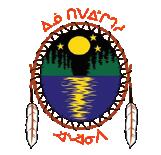
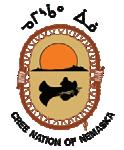


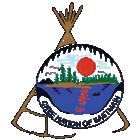

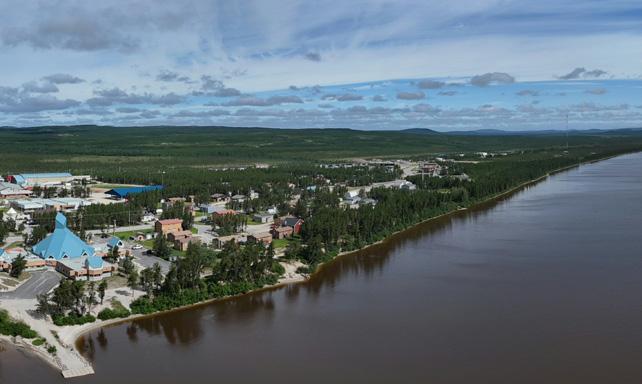
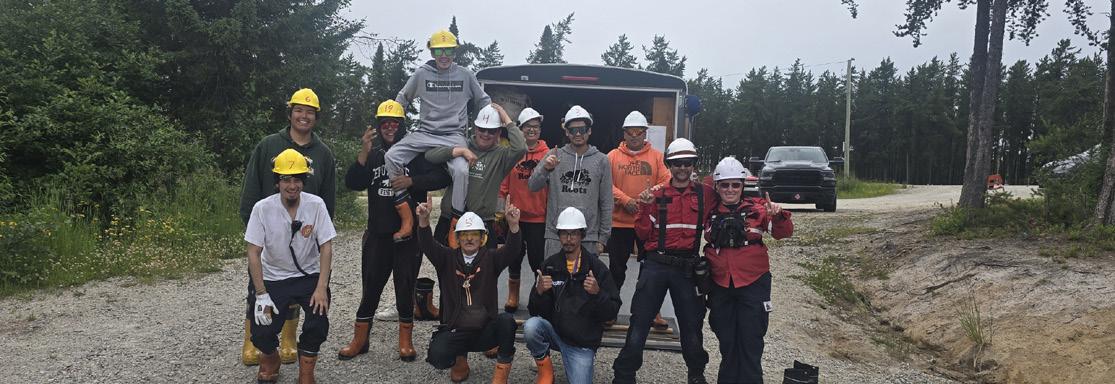
These sensors send air quality data to a centralized map, which displays an Air Quality Health Index to determine the extent of health risk. The record-breaking 2023 wildfire season impacted over 11% of the land and nearly 60% of traplines throughout Eeyou Istchee, destroying 150 bush cabins and forcing numerous community evacuations.
With the resources of provincial forest firefighting agency SOPFEU overwhelmed by that year’s unprecedented damage, many people were upset that certain areas weren’t considered priorities for intervention. Firefighters in Eastmain had wanted to battle an approaching blaze but were advised not to by SOPFEU, resulting in the community being evacuated.
Quebec responded by investing $29 million in SOPFEU over five years, for a hiring blitz, new equipment and prevention initiatives. SOPFEU is also working with the Cree Nation to train additional firefighters in all Cree communities.
“We have eight new forest firefighters doing our training right now and possibly four others who are getting recertified,” said Clarence Jason Jolly, Nemaska’s director of public health and safety. “They’re out there working on the fire pumps – I’d say we’re well prepared.”
Jolly said their department is able to fight fires up to 30 km from the community, as long as SOPFEU is informed and sufficient resources are available. SOPFEU will intervene with water bombers within this radius or if they threaten “priority infrastructure” like the nearby Hydro-Québec substation.
Situated beside a lake with a river behind the community, Nemaska has not installed further protections like a fire break. However, two of these strips of land cleared of combustible vegetation
were built near Old Nemaska, where the community hosts summer gatherings.
“We’ll be getting more sophisticated drones for our area, including training,” added Jolly. “If we were able to report any fires to SOPFEU by drone, it certainly saves them the time and money rather than sending a plane. We’re adapting to the technology and able to monitor the weather a lot better.”
Drone technology is rapidly advancing to detect and suppress fires before they spread.
“Drones help us at forest fire hot spots where it’s not accessible and also help on fire investigations or search and rescue,” explained Blacksmith. “Drones have all this high technology, like heat sensors and infrared. Drones can carry items like life jackets and buoys that can be dropped and also speak with the person.”
Firefighters across the region are implementing a range of tools and strategies to better ensure community safety. A Cree Nation Fire Master Plan is being developed with Waswanay Consulting, identifying areas of heightened risk where communities are not yet prepared to intervene, such as airports.
“As communities expand rapidly, it affects fire protection, resources and training,” said former regional fire prevention officer George Cox, who recently transitioned to community public safety. “Sometimes a large fire was out of control and departments had to shut off operations because they were emptying out the water reservoir of the community.”
Chisasibi declared a state of emergency in June when lightning struck their water treatment plant while river levels were already critically low. While fires burned the week before and after the crisis, Chief Daisy House was thankful
that none occurred when water was unavailable.
Blacksmith said one fire remains active north of Chisasibi around the Rupert trapline but is expected to be extinguished by rain. Caused by lightning on June 10, it has burned slowly and isn’t considered a threat to the community.
The Fire Master Plan will detail how to access water resources during such a crisis through dry hydrants that can be installed near lakes or rivers. These non-pressurized tools involve permanently installed pipes, providing firefighters a reliable water source.
Fire prevention officers from all Cree communities are participating in a unique mentorship program this summer with Ontario fire departments to learn about early detection systems, inspections and public education programs. Waskaganish fire investigator Tyler Diamond even assisted an active scene in St. Catharines, Ontario.
“It builds their confidence to do the work in their community,” Cox said. “If we learned it all by ourselves it would probably take over a decade, so having this mentorship we can learn from people with 20 or 30 years of experience in the field.”
A similar program is planned for community fire chiefs, deputy fire chiefs, captains and lieutenants. Another initiative called Fire Smart is an online training program which offers guidelines for mitigating risk, such as having smoke detectors, fire extinguishers and two doors in bush cabins.
A model cabin to demonstrate safety tips was featured at last fall’s Fire and Life Symposium in Mistissini. Another symposium will be in Wemindji this September, where the Cree Health Board, SOPFEU and police services are expected to attend.



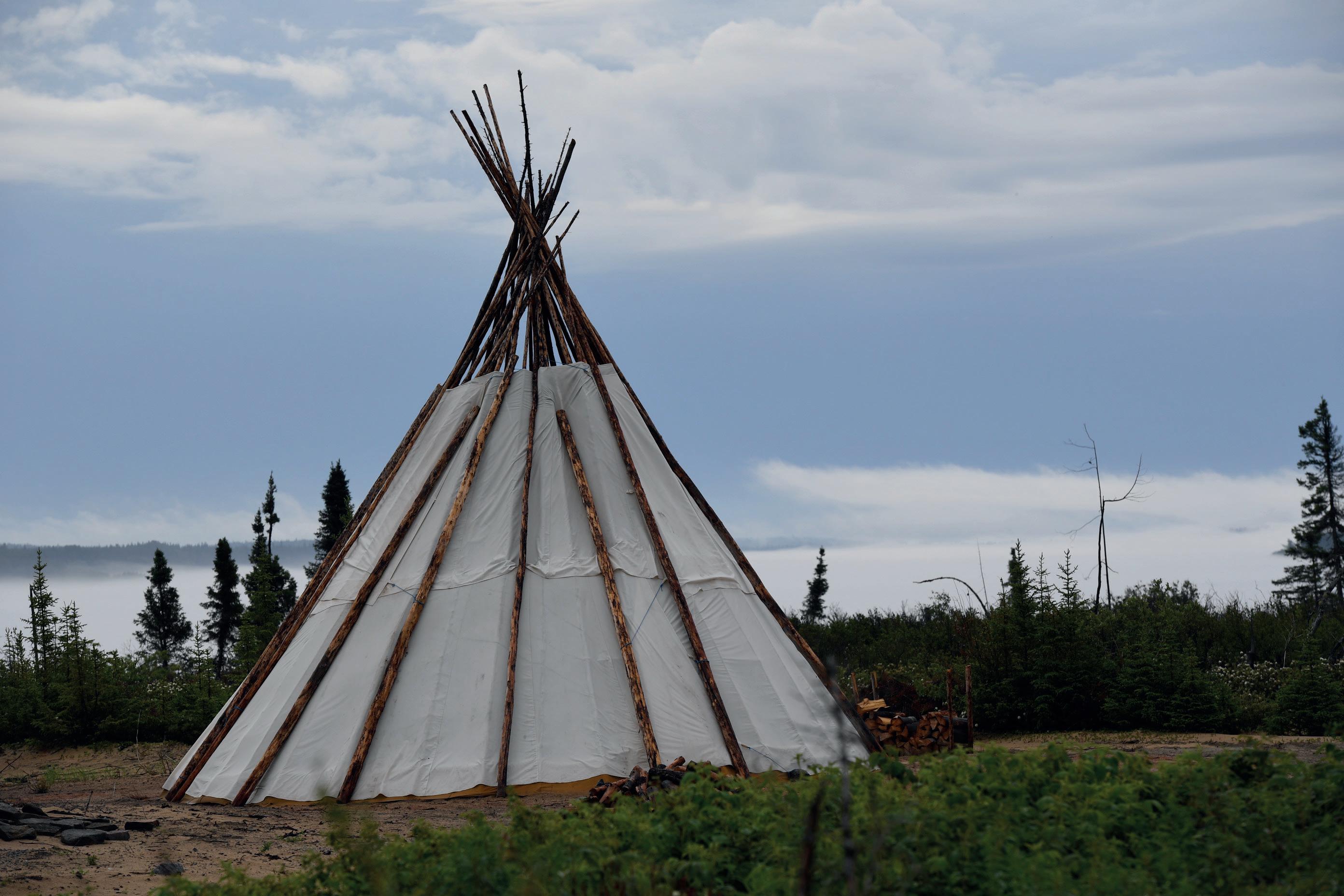





Our new Grand Chief is Paul John Murdoch. He won with 2,291 votes over Norman A. Wapachee (1,746 votes) and dark horse John Kitchen (410 votes).
The Deputy Grand Chief position is still up for grabs as none of the four candidates achieved an absolute majority (50% + 1).
Linden Spencer was the overall favourite garnering 2,126 votes over his opponents Robin Gull-Saganash (390 votes), Sammy Salt-Blacksmith (504 votes) and John Henry Wapachee (1,432 votes).
Spencer and Wapachee will be contenders in a run-off election August 1..
First Peoples Fest lineup announced
The lineup for the 35th Montreal International First Peoples Festival will feature an abundance of music, film, dance and art at the downtown Place des Festivals August 5-14.
“The wave of creativity rising among the Indigenous peoples of the world, bearers of millennia-old traditions and prophetic visions, will bring a tsunami of diverse activities to the city,” the organizer Land InSights said in a statement.
Whapmagoostui “super-rapper” Kong (aka Cree youth advocate Steve Einish) will open for Portland “powwow punk rockers” 1876 on the giant free stage August 8. Kong recently released
the “Chiiyaanuu” music video, featuring Chisasibi’s CJAY GRiZ.
Other major concerts include a polyphonic “concert-ritual” from Bunna Lawrie and voices from Aotearoa and Nunavik. Alongside the world premiere of the film Florent Vollant: Innu, there will be performances by Innu groups Maten, Shauit and Native Mafia Family. Traditional drum group Manitou Singers will accompany each show.
Among the anticipated films are Ka Whawhai Tonu, a historical Maori drama, and Kinra, about a young Aymara man in contemporary Peru. Closing the festival will be Free Leonard Peltier, a documentary on the political prisoner’s more than 50 years in prison.
The festival erects a giant teepee downtown each year with traditional dances, artist kiosks, Indigenous art and a skateboard ramp. Morning activities are available for young children at day camps.
Organizers promise that “the spirit of intercultural camaraderie, the memory of unforgettable encounters, the imprint of our joyful resistance that makes us all happy and peaceful resisters.”
Air Creebec’s new flight schedule took effect June 30, but now a petition launched by Ruth Masty is calling for daily service to Whapmagoostui, the only Cree community without road access to the south. Flights currently
leave only two or three times per week.
“People trying to return home are often left stranded for days away from their families and jobs,” stated Masty. “People trying to leave town often miss opportunities or appointments. Our children have missed tournaments – we’re left with paying for empty hotel rooms because as you know, we cannot cancel hotel rooms last minute.”
The petition notes that when a flight is canceled due to weather or other reasons, Air Creebec doesn’t add a stop for Whapmagoostui the following day. On July 5, Deputy Grand Chief candidate John Henry Wapachee experienced this when foggy conditions caused him to miss commitments on his campaign trail.
“Imagine you’ve been waiting months for a medical appointment,” said Lucassie Kudlu. “You miss your appointment and now have to wait several more months for the next available one. This is the reality for many of us.”
On a positive note, Air Creebec recently announced its Regional Air Access Program, which cuts 75% from ticket prices for Eeyou Istchee residents.
Still, Vivianne Sheshamush encouraged regional organizations to support the petition for fair access, noting the costs of employees missing training is significant. She said regional managers hardly visit the community for fear of “being stuck for days.”
Financial irregularities at NWAC
On July 15, the Native Women’s Association of Canada (NWAC) stated that current management had “discovered serious and significant financial irregularities” while selling property worth millions of dollars. NWAC is conducting an extensive internal review as it undergoes a federal audit.
“We are committed to rebuilding NWAC as an organization of truth and transparency,” the organization stated. NWAC said proceeds from the sale of its assets will be re-invested in advocacy for Indigenous women’s social, economic, cultural and political wellbeing.
The 50-year-old national advocacy group has faced controversy for elaborate buildings like a so-called resiliency lodge in Chelsea, Quebec. It is currently selling these lodges in Quebec and New Brunswick, along with a huge building in Gatineau that’s on the market for $8 million.
In May, Wolastoqey Elder Alma Brooks, who sits on its board of directors, called on Indigenous Services Canada and other organizations to investigate NWAC’s operations. Following the abrupt departure of former CEO Lynne Groulx last year, Brooks said major changes happened without community consultation.
MMIWG2S activist Bridget Tolley, founder of Families of Sisters in Spirit, has long been critical of NWAC. After NWAC helped secure funding for Tolley’s organization in 2005, she felt abandoned after the funding wasn’t renewed five years later. She’s suspicious of NWAC’s recent offer to help with their annual vigil.
“I don’t want them really to be involved because they used us the last time, and it was very hurtful and the pain is still there,” said Tolley.
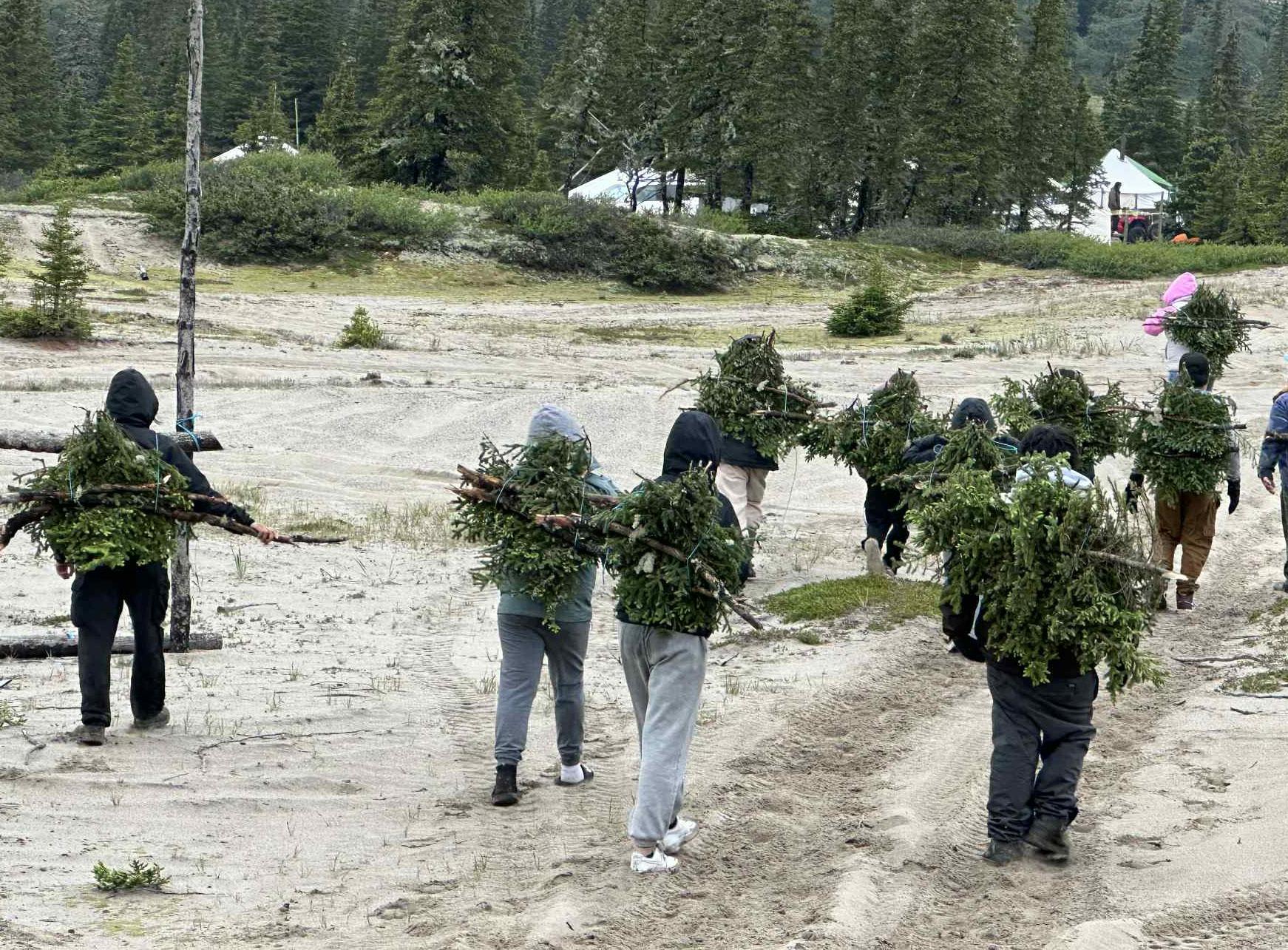
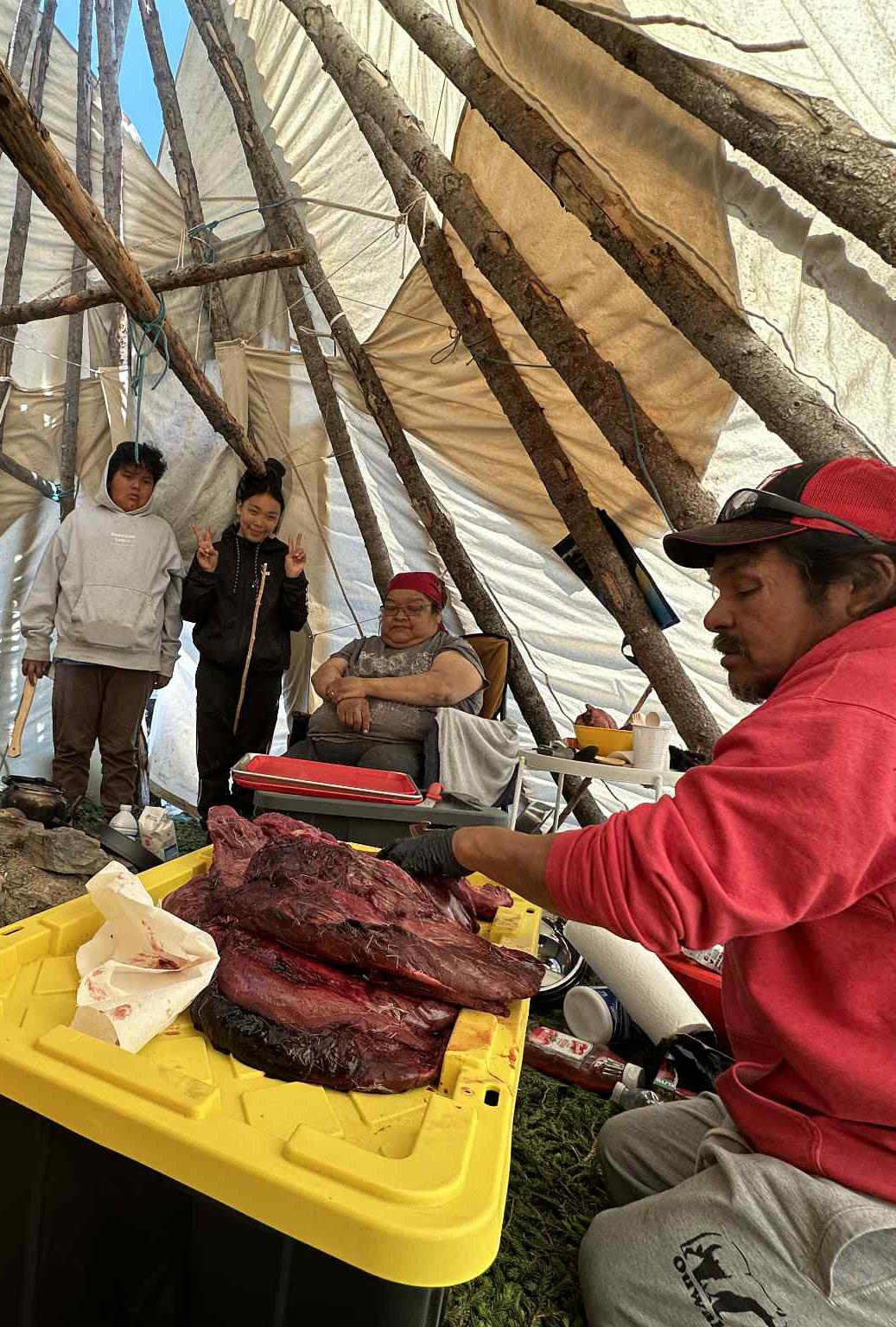

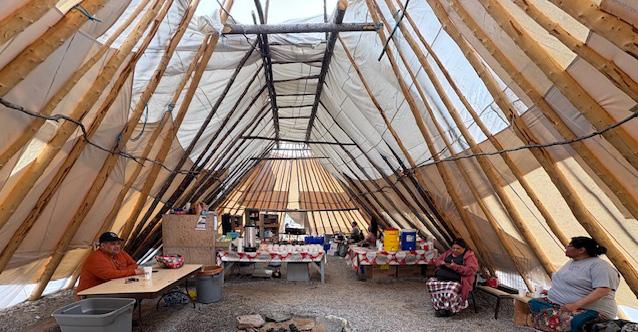
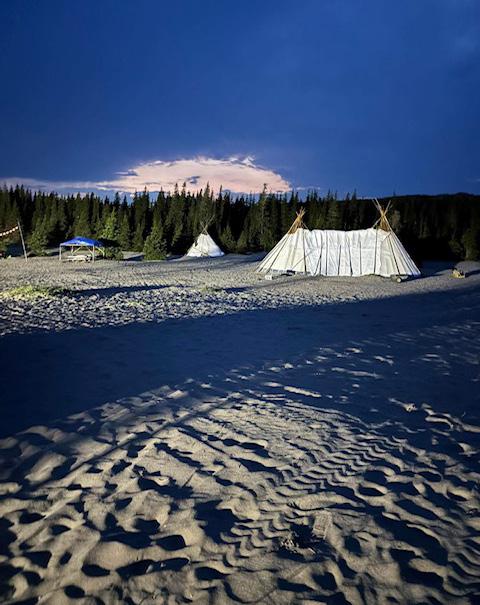
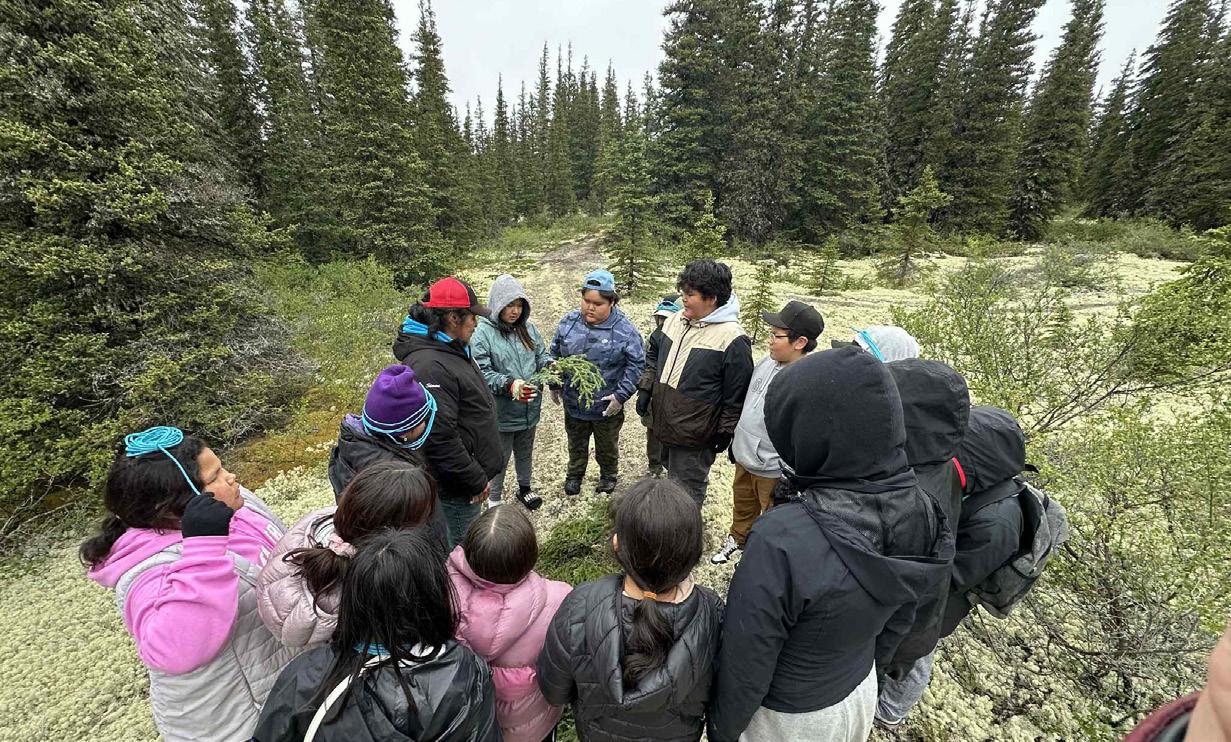
by Patrick Quinn, Local Journalism Initiative Reporter
Whapmagoostui’s traditional summer gathering at Kilometre 9 was bigger than ever this year, featuring workshops, games and healing activities from June 27 to July 8. A new youth cultural camp was a welcome addition, inspired by the late John Masty, who passed away in May.
“We had a picnic and kids there kept talking to him in English,” recalled camp organizer Davina Cooper. “He saw a huge decline in our traditions, language and culture. He opened my eyes – the whole point was to spark an interest in our youth so they want to learn.”
She has fond childhood memories of speaking Cree with friends while hunting in the bush, but Cooper said that even her own daughter doesn’t speak the language fluently. Organizers aimed to create a safe environment for kids aged 6 to 14 to reinforce Cree language and culture.
“I’m just giving them a starting pack and they can take off with it,” Cooper suggested. “I’ve seen a lot of them flourish – they’ve spoken more in their language, learned how to start a fire, build a teepee, which boughs are for which, and cook traditional food.”
Tina George-Kawapit and Simon Kawapit were instrumental in assembling the program, organizing traditional activities
like preparing beaver. Elders Robbie Dick and his wife Elizabeth, who helped launch the annual gathering in 1993, also played key roles.
The first summer gatherings were held at the mouth of the Great Whale River during the community’s struggle to keep its waters flowing free from hydroelectric development. More recently, the gathering has generally been held at KM 9.
As Cooper’s work with the justice department includes running school prevention programs like SNAP (Stop Now and Plan), she knew that a cultural camp would be a perfect fit. Activities were based at a cabin built by the local youth council, which also contributed funding and support.
With interest in the camp far exceeding availability, the 45 participants were divided into two age groups and several others placed on a waiting list. Since many didn’t understand Cree, the majority of activities were language games like scavenger hunts and I Spy.
“One of the rules for the campers was they had to talk in Cree or we acted like we didn’t hear them,” explained Cooper. “They asked me how to ask a question from their teachers. We also did the basic vocabulary with Cree in guessing games – since a lot are competitive, they try to learn more.”
A highlight was learning the cultural significance of how to build a teepee, such as having the door face the east where the sun rises. Children were empowered by building a teepee
themselves with a little guidance from instructors.
“It was emotional to see these little ones carrying boughs on their back the traditional way,” shared Amy Salt, the mother of one camper. “My nine-yearold said Simon had so much patience: ‘He’s a good teacher because he told us why we need to do things.’ It shows us how we need to be teaching our children.”
The community has increasingly collaborated with other entities to share the workload and costs of the gathering. The Nishiiyuu Council of Elders, the justice department, Multi-Service Day Centre and others helped provide a range of attractions.
The Whapmagoostui Men’s Group organized a target shooting competition, introducing a category for ages 12 to 15. Prizes were also up for grabs in a fishing derby, nature hunt, obstacle course and a dance competition.
With daily dress-up themes and contests, participants were awarded tickets to win the grand prize of a kraken canoe and outboard motor donated by the Northern Store. Nellie George was the big winner.
Innu rock band Ninan got people dancing July 4, while another evening featured a round dance with drummers. Local musician Eric Sheshamush and his group of young fiddlers gave a rousing performance for a dance competition.
“Some just started a few months ago,” said Salt. “We were emotion-
al when these youth were up there performing for their own community. I think a lot of healing went on this year. Healing is different for everyone, whether it’s dancing, singing, sewing or just talking with others.”
There was a traditional medicine workshop, whose leaders stayed on site to support attendees. Self-care services were also available with reiki and reflexology. Ruth Masty led several workshops making quilts, wood stoves and mosquito hats. Following a difficult spring for the community, Elizabeth Dick organized a grieving workshop.
Many Elders camped until the gathering’s end, enjoying traditional food in the shaptuan and quiet moments in the evening. After excessive evening traffic at last year’s event, night watchmen patrolled a gate at KM 6 to ensure people could relax and sleep well. Several visitors from other communities reconnected with family.
Salt said other communities have contacted them about implementing their land-based healing approach for their own summer gatherings. In her closing remarks, she asked attendees how they could bring the gathering’s spirit into the community all year long.
“How do we bring that energy to make our community feel that way again? It’s working together that brings the community together. It means more when everyone works for the same goal.”




Photos & Story by Will Nicholls
Comiccon 2025 was the most successful to date
Most of my generation grew up reading comic books.
I’m glad to say this is something the latest generation (and some of those in between) also do. Seeing people of all ages at the Montreal Comiccon was special for me.
The Con just isn’t about comics these days. It includes anime, manga, graphic novels, TV characters, gaming and video games.
By the latter, I mean they had some of the oldest systems out there. My son Declan played Duck Hunter, Asteroids, Pong and a few others. He was as excited to play them as I was when they came out. Damn, just dated myself again!
And then there were tons of things to buy – comic books, costumes, swords, toys, gaming units, games, movies and artwork. With over 100 retailers you can always find something you liked.
This year’s Comiccon attracted a record-breaking 66,000-plus attendees July 4-6. The sheer number of people was daunting at times, but with so many in costume it was colourful and eye catching.
I missed seeing former Montrealer William Shatner, aka Captain Kirk. Instead, my Trekkie fix was nourished by Wil Wheaton from Star Trek: The Next Generation.

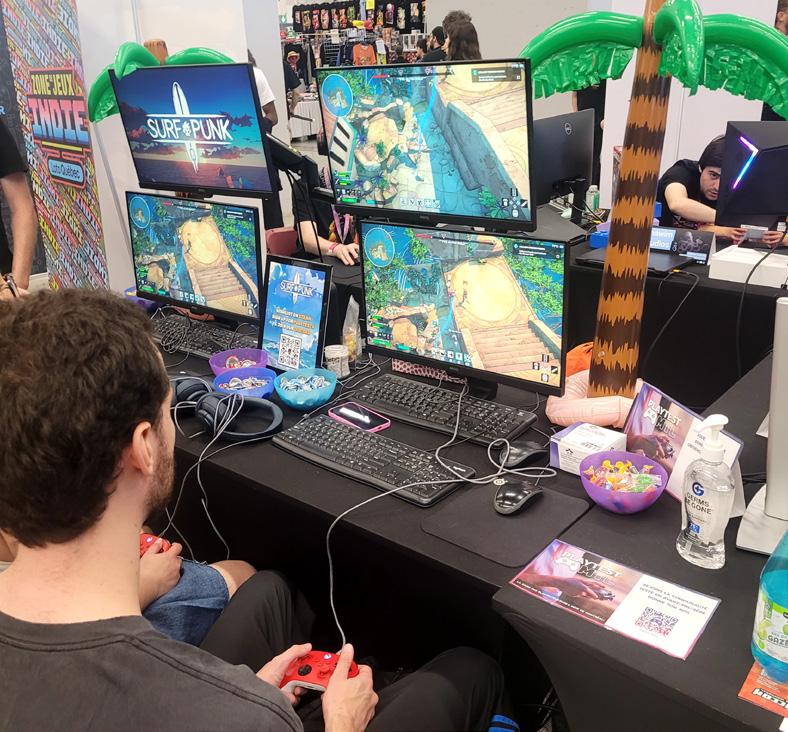
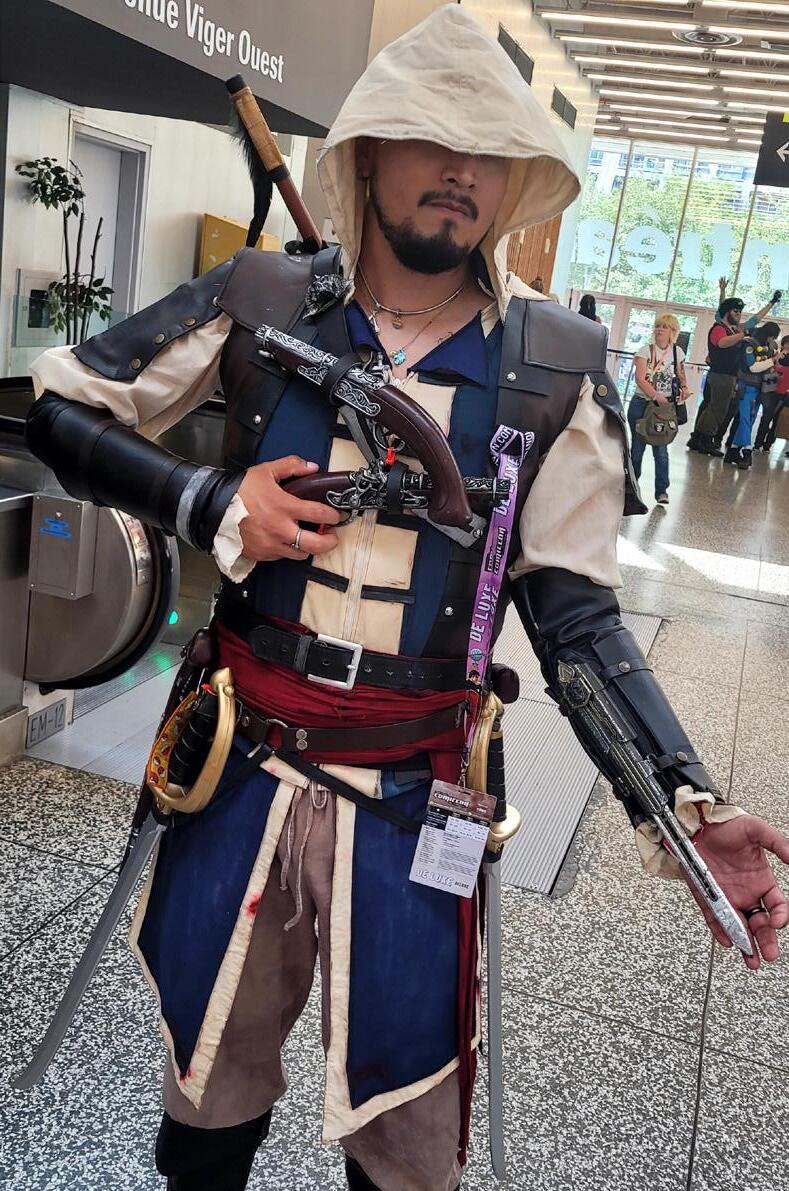
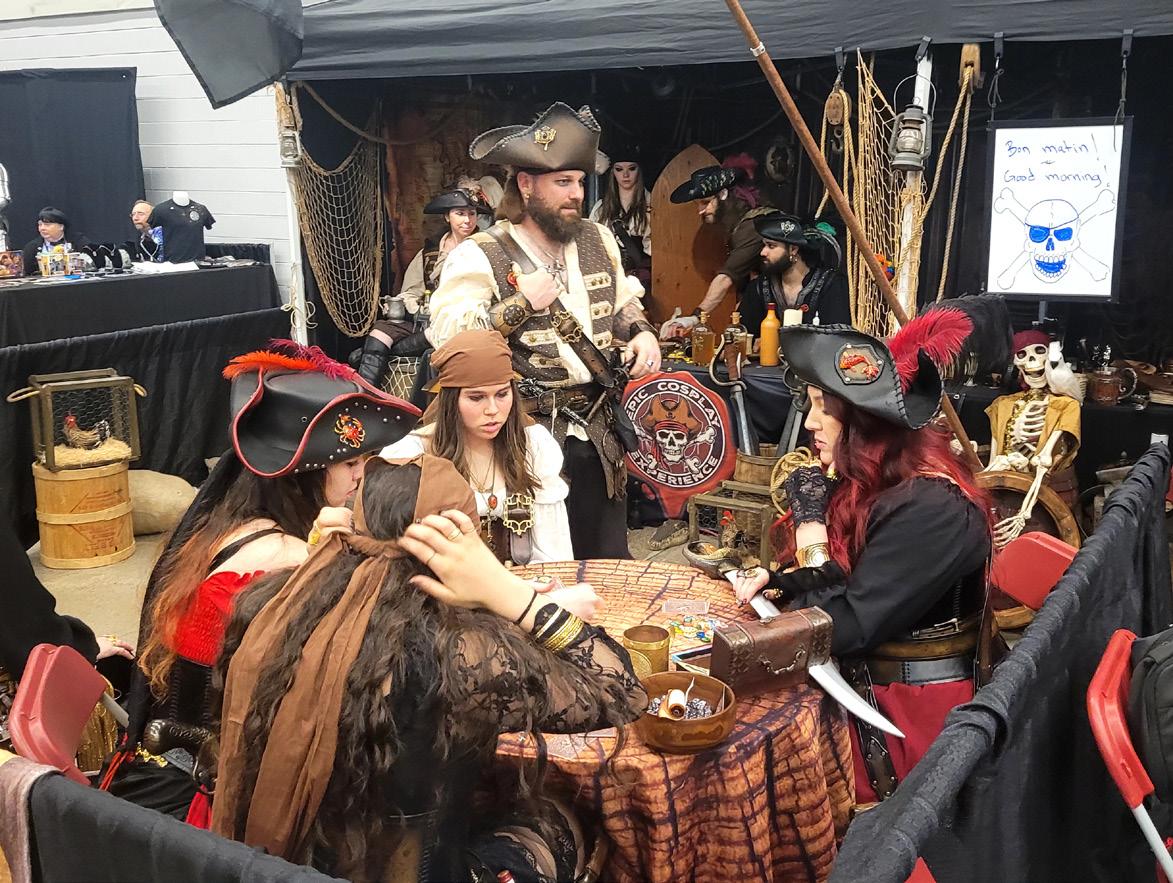
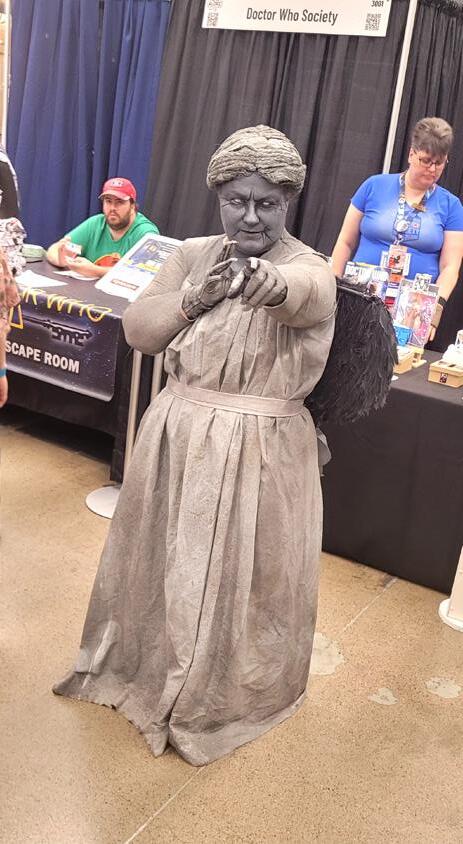


Surprisingly, Wheaton talked about being forced into the acting business by his parents. He said that parents who influence their kids to have YouTube channels are abusers, an interesting comment from a person who is still acting today. But Wheaton does have a

point about parents pushing kids into a life they aren’t interested in.
This year, the spotlight was on The Lord of the Rings. Actors Elijah Wood, Sean Astin and Dominic Monaghan who played the hobbits Frodo, Sam and Pippin, all attended. Oh yeah, the ever-so
precious Gollum (Andy Serkis) was also available for autographs and photos.
Old fans of the Tales from the Crypt had a chance to hobnob with John Kassir, who was the voice of the Crypt Keeper.
Some of the cosplay people were actually with year-round groups like Star Trek, Vikings, and Star Wars. If you’re



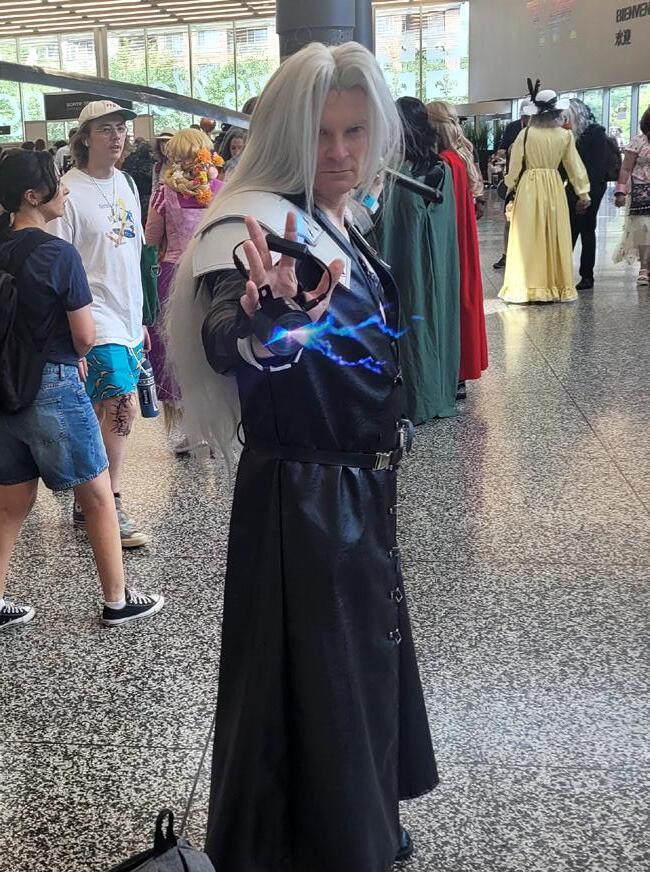
interested, you can always search them out online.
And in the meantime, read some comics or grab a graphic novel. Not only will it help improve your reading skills, you’ll have fun doing it. It’s another way to improve your vocabulary in another language like French. See you all at next year’s event.

The
sheer number of people was daunting at times, but with so many in costume it was colourful and eye catching


Kahnawake powwow marks 33 years of culture, community and healing
The 33rd annual Echoes of a Proud Nation Pow Wow returned to Kahnawake July 12-13, attracting thousands of visitors to celebrate Indigenous culture through vibrant songs, dances, traditional foods and handcrafted art.
Organizer Lynne Norton said the event brought together many Nations, including Cree participants, with dedicated information booths.
“They come here, they dance, they sell, and people like that,” she said. “It’s something for the community, it helps their economics too, because they do all their own handicrafts, beadwork, moccasins.”
Norton explained that the Kahnawake powwow started after the Oka Crisis in 1990 to show people Indigenous culture and traditions, and “start bridging the gaps,” Norton said.
Around 150 dancers in different categories demonstrated their stories through regalia inspired by their traditions.
For Tiffany Plain, a Cree jingle dress dancer, participating at the powwow was both personal and symbolic.
“I’m a medicine dancer,” she explained. “It’s a healing dance, praying for people who need it. Mostly we pray for Mother Earth.”
Originally from Sandy Bay and Saskatoon, now living on a military base with her family, Plain carries her culture with her wherever she goes. “Every Nation has different meanings, but it’s basically all the same – the celebration of life,” she said.
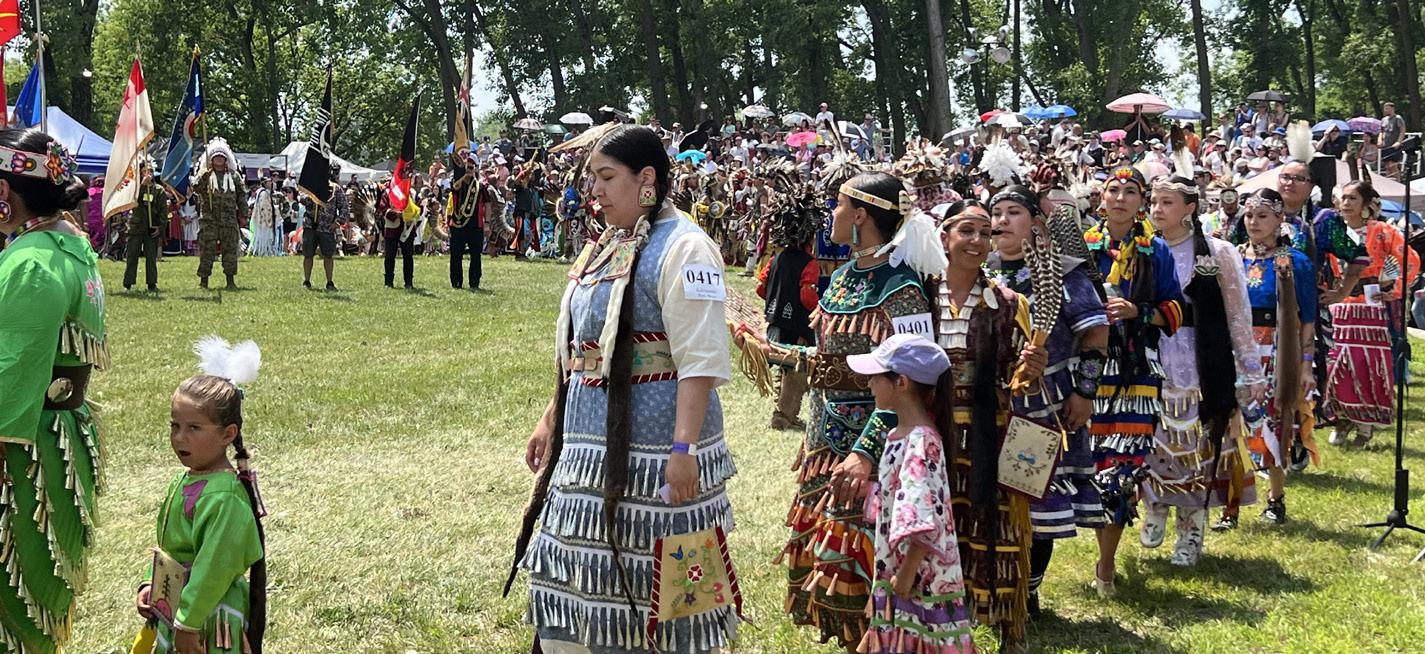
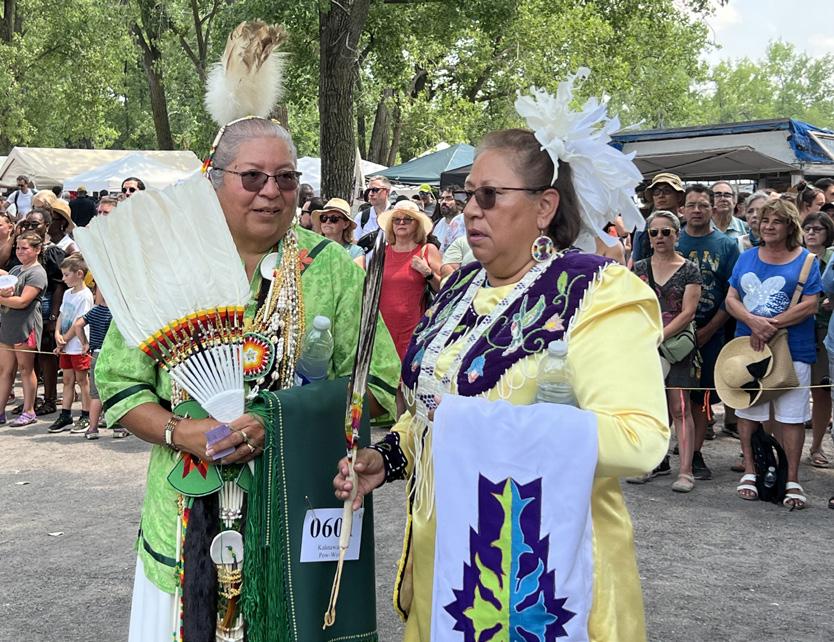
While she admits speaking only a few words in Cree, Plain believes a message transcends the language, one of resilience, tradition and welcome.
Le Loup Dansant, from the Abenaki community of Odanak, presented a traditional intertribal dance. He believes such gatherings help keep traditions alive, offering both visitors and First Nations people the chance to connect, learn and celebrate together.
“It’s important to show who we are and where we come from,” he said. “It’s encouraging for the audience to see all of us, from the youngest to the Elders.”
Then he added, “I’m 71 years old, but I continue to dance, to do demonstrations, and to work in schools.”
Alongside the dancing and drumming, the event offered a bustling marketplace where hundreds of Indigenous vendors set up kiosks showcasing traditional crafts and artwork.
For Cheyanne Doxtador, an Oneida entrepreneur from Six Nations, the powwow is more than just selling her

product, it’s a meaningful way to share Indigenous culture.
Her Yo Yo Weh Babies handmade cloth dolls, some of which sing in Mohawk, serve as unique souvenirs and as children’s toys that help pass on the language to the next generation.
“I make them by machine and hand sewing,” Doxtador explained. “I do light beadwork on them by hand, and then I get my children to sing the songs for the dolls.”
The presence of education centres at the event highlighted a wider commitment to supporting Indigenous-led learning while encouraging cultural pride and academic achievement.
Cyrus Smoke, a Mohawk and a representative of Vanier College’s Anowara Indigenous Student Centre, believes that participating in the powwow is about visibility and connection.
“We want to showcase that Vanier is a safe space for Indigenous students,” Smoke said. “It’s a wonderful college to keep Indigenous students happy and safe.”

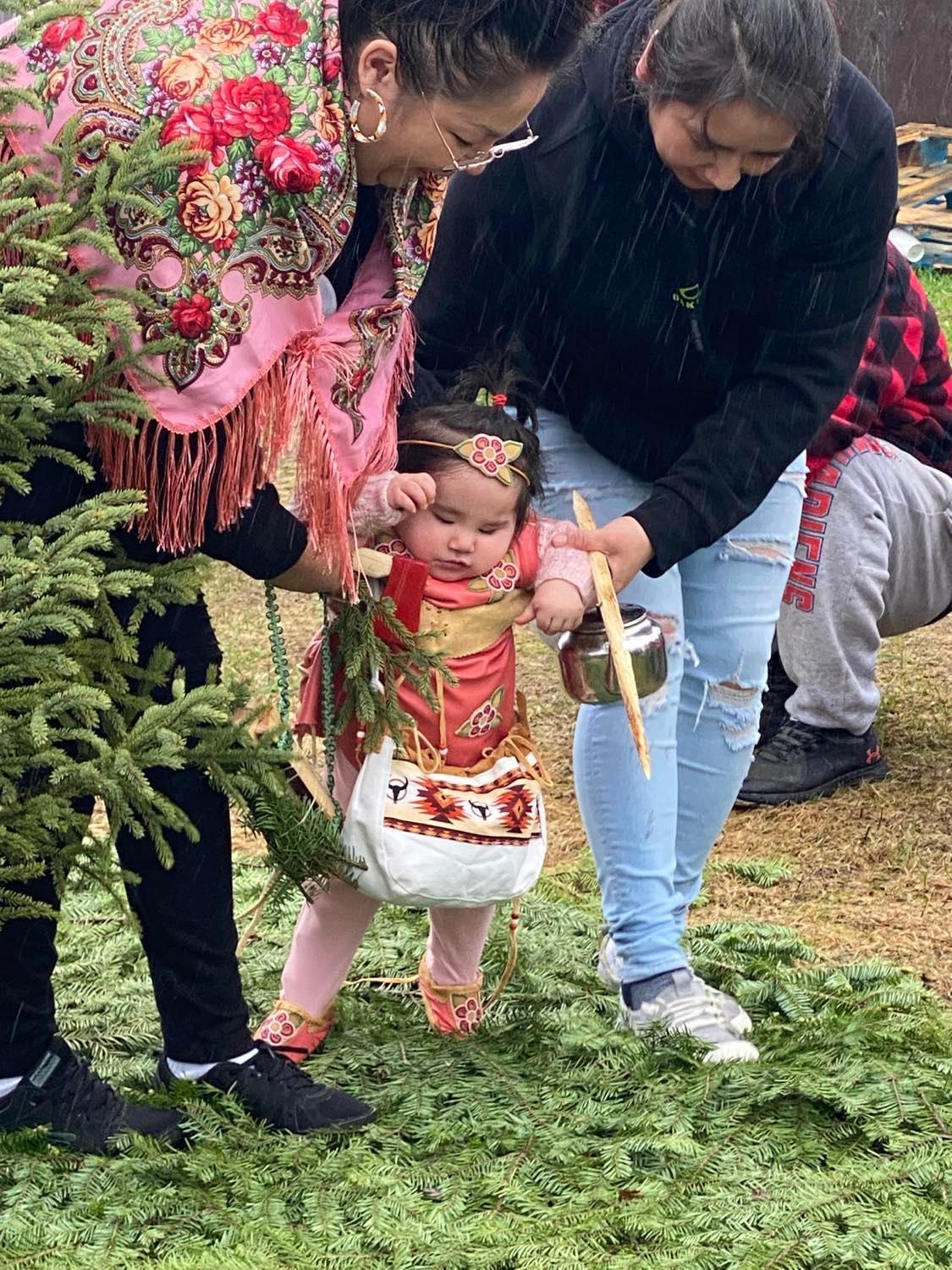


Maude Laviolette, an Inuit student at Vanier, thinks raising awareness about the centre means ensuring Indigenous students have a welcoming, supportive environment where learning and cultural identity are respected.
“The centre means a lot to me,” Laviolette said. “It’s so important to have a safe space for Indigenous students who want to be educated.”
Sonya Desousa, a resident of Delson, attended the powwow feeling it was time to connect with the Kahnawake community she often serves working at the nearby Home Depot in Saint-Constant.
“It’s something I wanted to experience,” she said. “It’s important that we visit and understand the culture and immerse ourselves in the traditions of the people from Kahnawake.”
In her opinion, attending the event is part of acknowledging history.
“It’s important for us, who are non-Indigenous, to understand what they went through,” Desousa said. “And part of understanding and apologizing is to embrace their culture, their music, their dance, and to encourage their businesses.”
For Kimberly Cross, a long-time member of the powwow organizing committee, each year is about creating a welcoming space for everyone for cultural connection.
“For us, it’s gathering in peace and friendship, and making sure that we’re continuing for years to come,” she said. “We are inviting everybody, if people are coming, then that’s their step towards reconciliation.”
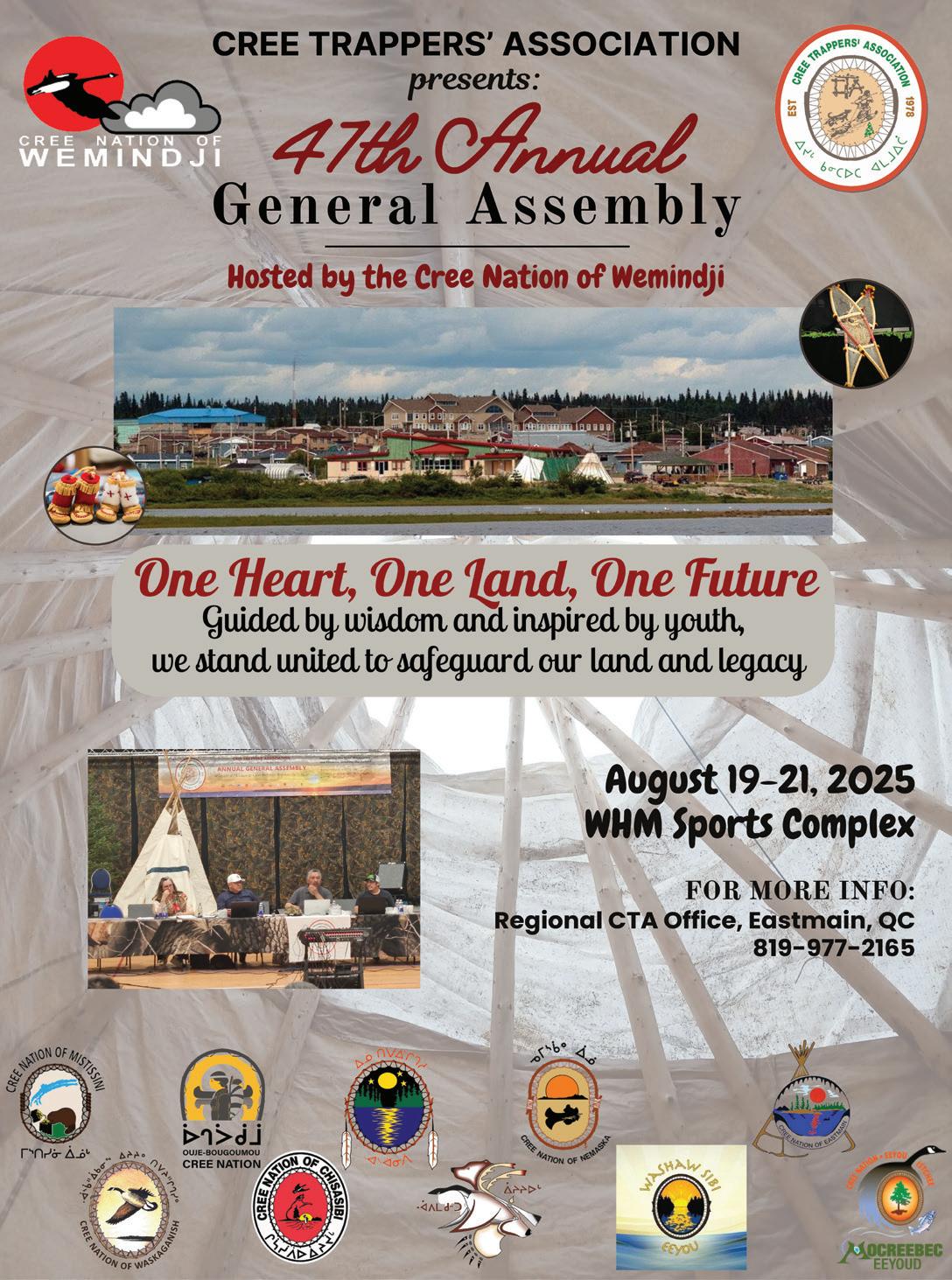


ere’s another edition of the Nation’s puzzle page. Try your hand at Sudoku or Str8ts or our Crossword, or better yet, solve all three and send us a photo!* As always, the answers from last issue are here for you to check your work. Happy hunting.
PREVIOUS




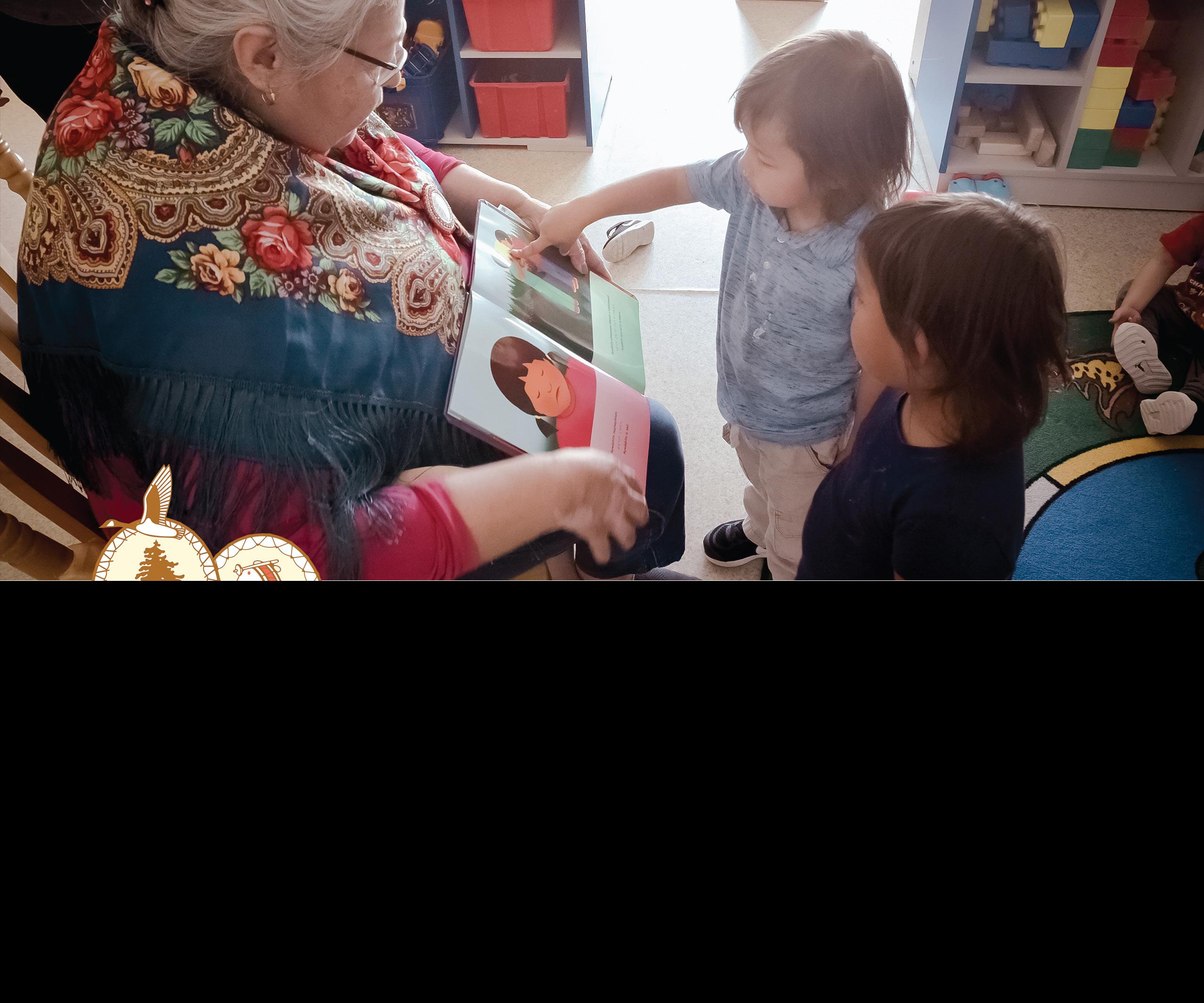
The Cree IELCC Fund is designed to fund projects/activities that foster the education, Cree culture and language, as well as health and wellbeing of children 0 to 6 and their families.



All projects and activities must also ensure that no children are left behind: activities must be accessible to all children, no matter their level of ability or special need.













by Xavier Kataquapit
Jeronimo Kataquapit has made us all proud for his ability to live up to the title of his grassroots movement, Here We Stand – Call To Action.
Addressing the Mushkegowuk Council Chiefs leading up to their July 17 meeting with the federal government, Jeronimo took the opportunity to state to the leadership that we need to take a stand and that we all need to take action in order to protect our communities, First Nation rights, and the lands and waterways we all live on.
First Nations are preparing for a major summit of hundreds of national Chiefs who
must have created a lasting impact as later that day, the Chiefs voted in support of new resolutions to guide the direction in how to deal with Ottawa’s Bill C-5 as well as Ontario’s Bill 5 and the proposed plans of a major mining company.
The Chiefs voted in favour of a resolution to officially support Jeronimo and his Here We Stand – Call To Action movement to occupy the Attawapiskat River in collaboration with Neskantaga First Nation. The Council also voted in favour of a resolution to financially support the movement to allow them to continue their protest in protection of the land and waterway.
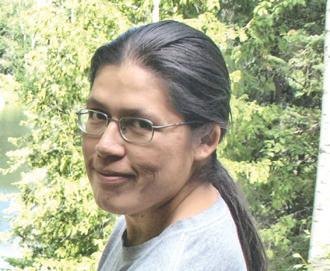
where the natural foods and animals we harvest come from. Through Jeronimo’s campaign, I learned that the Hudson Bay Lowlands, a natural environment nearly 400,000 square kilometres wrapped around the Ontario side of James and Hudson Bay, are not just pristine wilderness. This is a critical environmental system known as a carbon sink, a natural environment that absorbs and stores carbon dioxide from the atmosphere.
The Wildlife Conservation Society of Canada has described the Hudson Bay Lowlands, as “the second largest of promo items experience with certified PPPC suppliers
of service in Eeyou Istchee
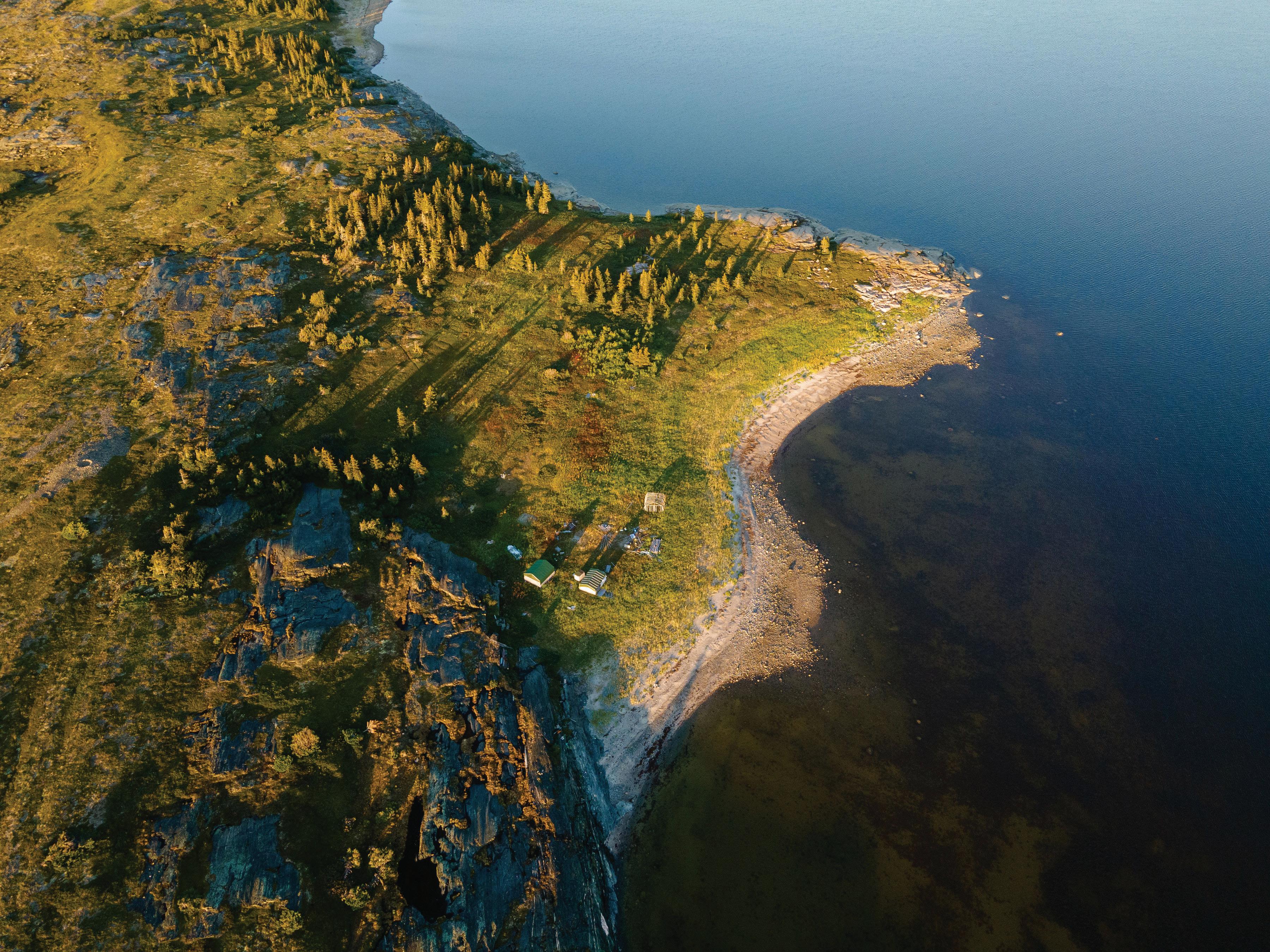

20-year-old
